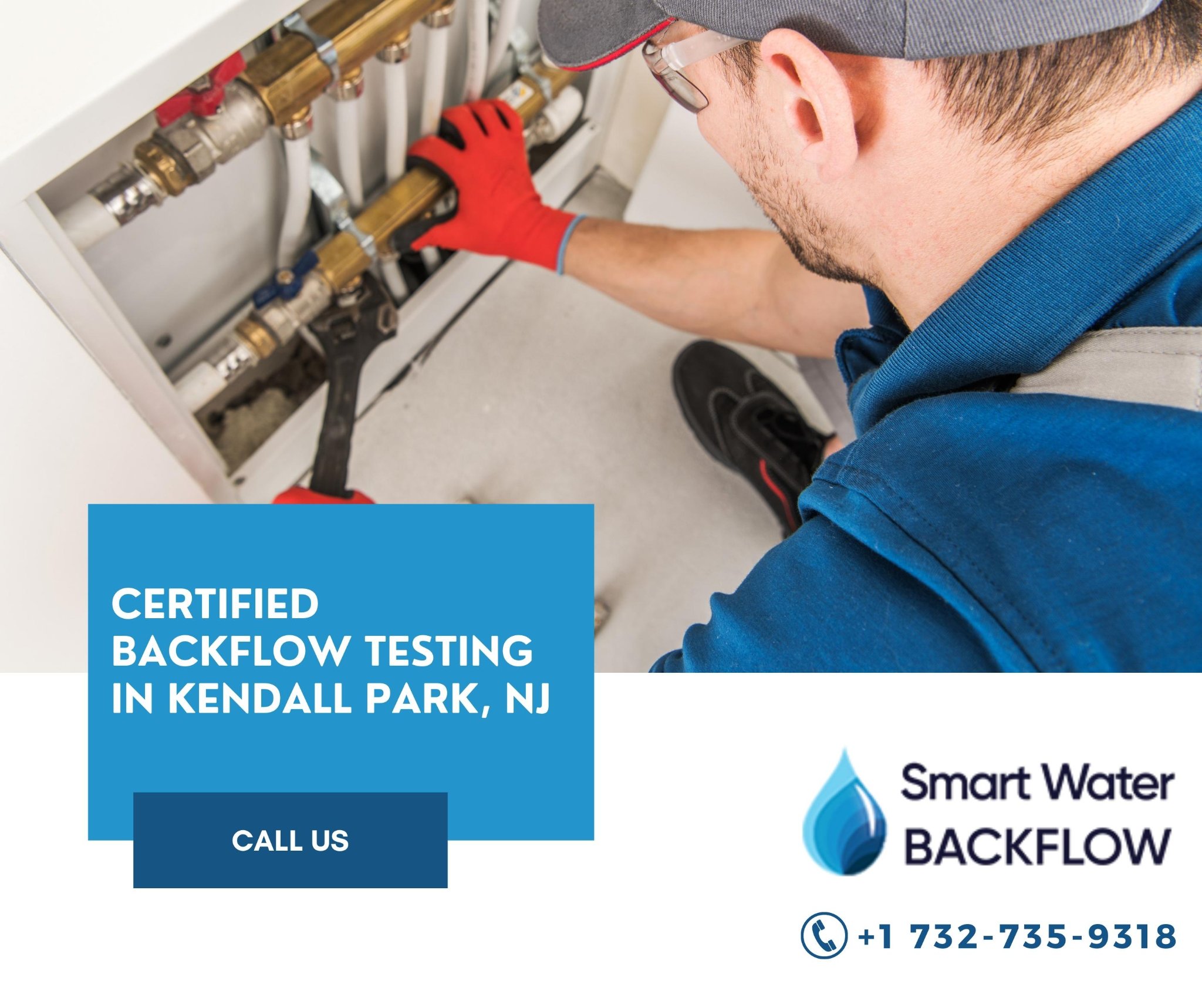Why is a backflow installation mandatory for our homes?

There are tons of very important reasons why a backflow installation is important to be conducted at our places of residence. It protects the total plumbing system in the house. Backflow can be defined in simple terms. To put it plainly, it refers to the dangerous reverse flow of contaminated water into the potable drinking water system, within the plumbing system of a factory or a house. To prevent this, several methods are in use, but none more so than RPZ valves or Reduced Pressure Zone valves. RPZ valves are extremely effective and also sometimes difficult to implement, install, and equip. To unearth the essential mechanics behind the functioning of the RPZ valves, one has to be aware of the reasons behind the backflow taking place within the plumbing system. Water is maintained at a certain pressure level inside the pipes to help it move into the different faucets, taps, and outlets.
Now, if the pressure inside the pipes drops, then due to that reduced pressure, contaminated or wastewater that is meant to flow out of the system rushes back in and ends up polluting the potable drinking water and pollutes the water supply inside the house. What an RPZ valve installation does is that when the pressure drops and the wastewater is being sucked into the potable water system, it dumps out the wastewater from the plumbing system, rather than letting it pollute the whole of the water supply. It has been a matter of agreement among the many plumbing companies and experts that RPZ valves offer the highest level of security among all the other equipment for backflow prevention available. This is the reason why it has been so much in use in various public water supply units, as well as in residential areas. The policymakers in various towns and cities have also mandated their installation, making them indispensable to the current plumbing needs and setup.
The Reduced Pressure Zone or an RPZ is efficient enough to check the condition of the valves inside the system and act if any of those checks turn out to be unsatisfactory. One of the best ways to check the condition of an RPZ device is to go up close and check if there is any water being dumped out of the device. If no such thing is occurring, then it means that the backflow preventer is working well, while if the wastewater is indeed being dumped out then there is significant backflow. The widespread use of RPZ devices across a variety of plumbing systems has also led to renewed curiosity and interest in the device. Now, RPZ installation can take place either inside the confines of a mechanical room or in a specially made RPZ enclosure. The reason for that is because an RPZ device would dump water out in the case of backflow and the surrounding areas may get wet. So, if you have not installed the RPZ in a proper place, then there can be significant water damage. Many plumbing agencies routinely recommend installing an RPZ device if the backflow testing comes back negative.
Leave a Reply